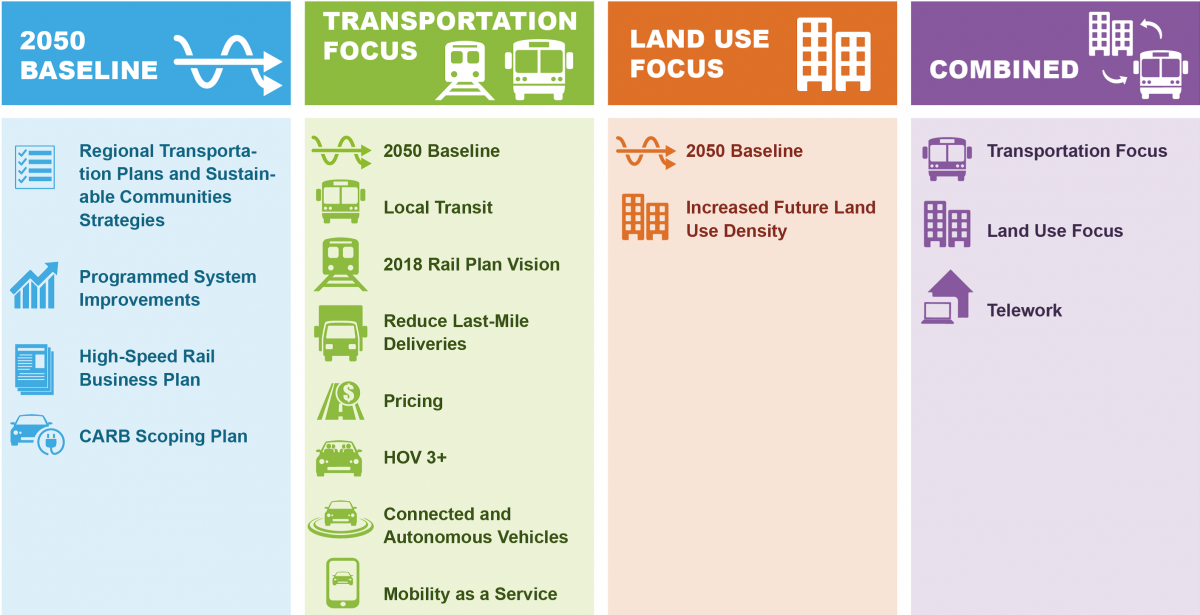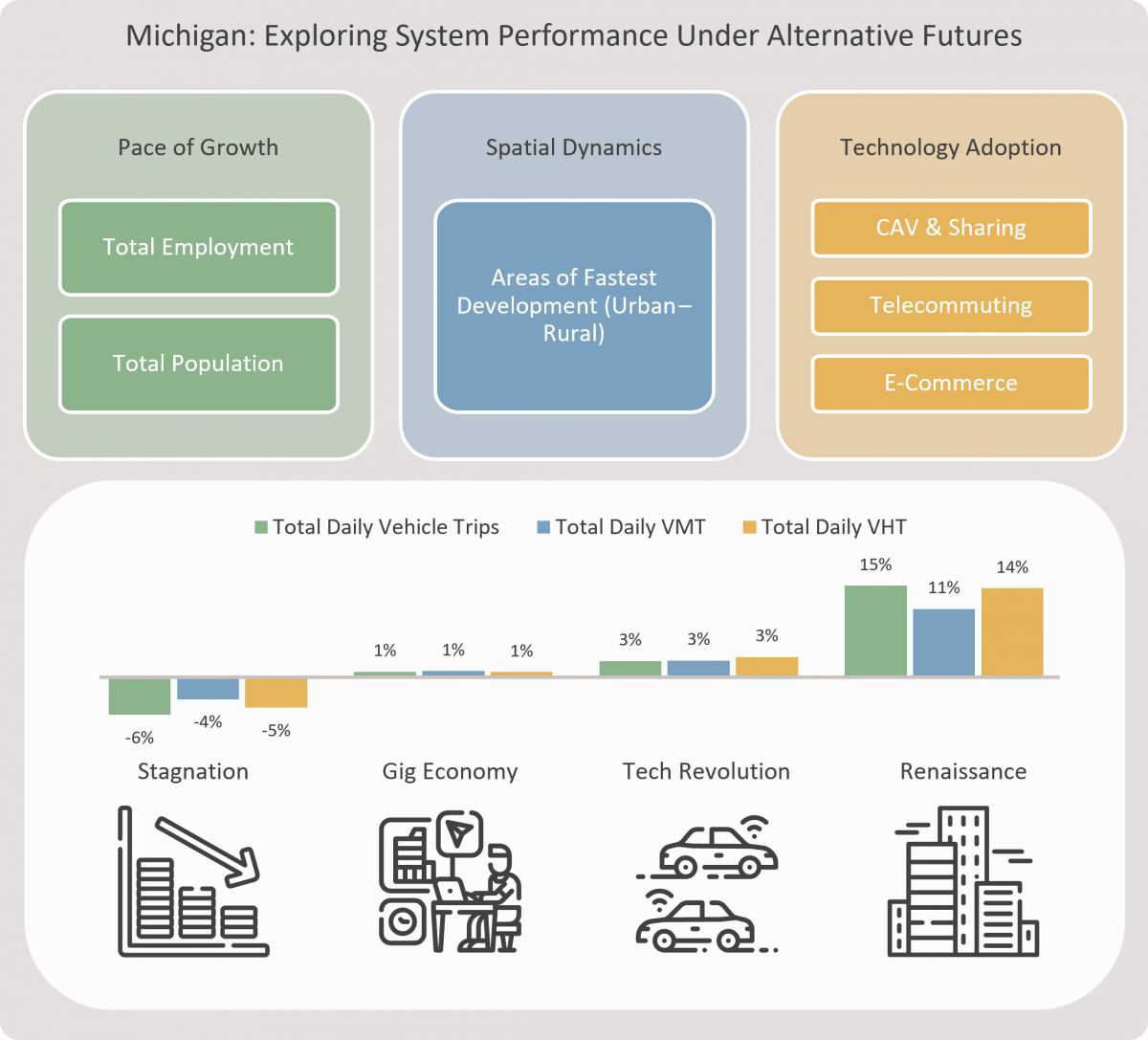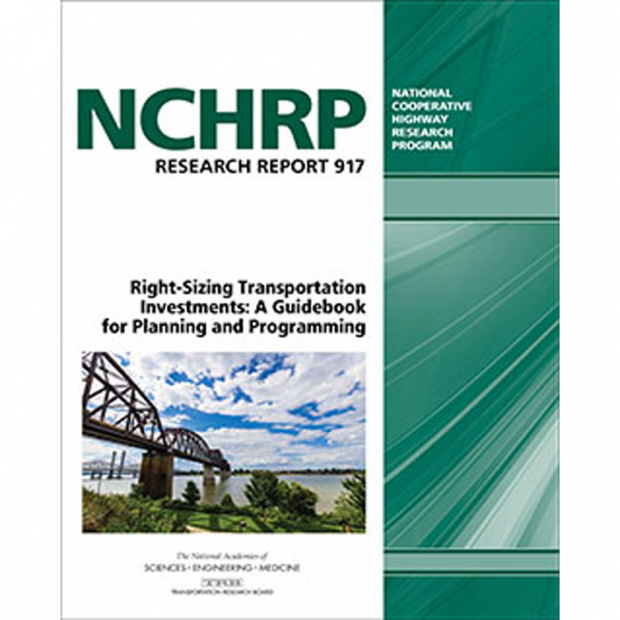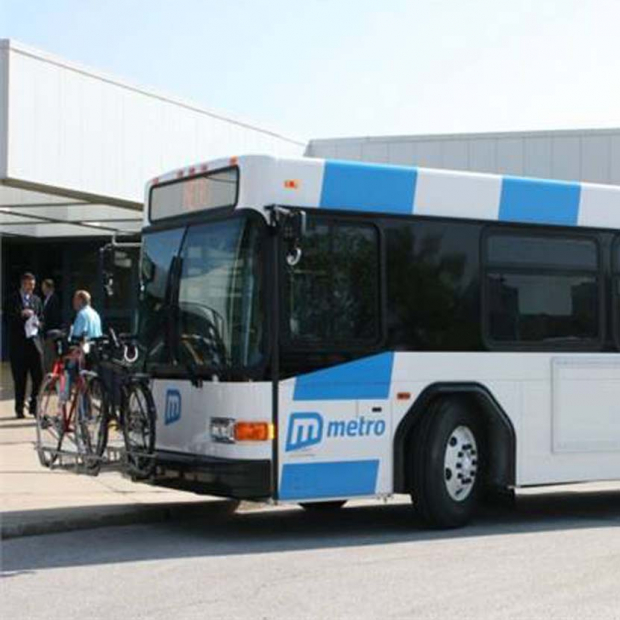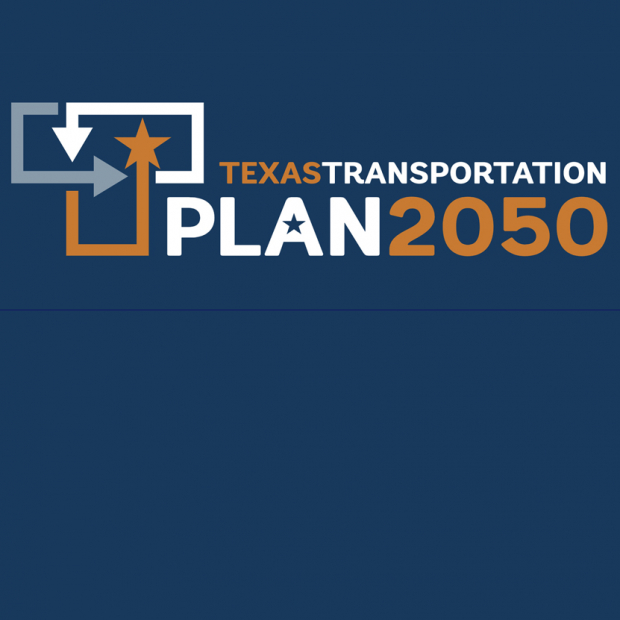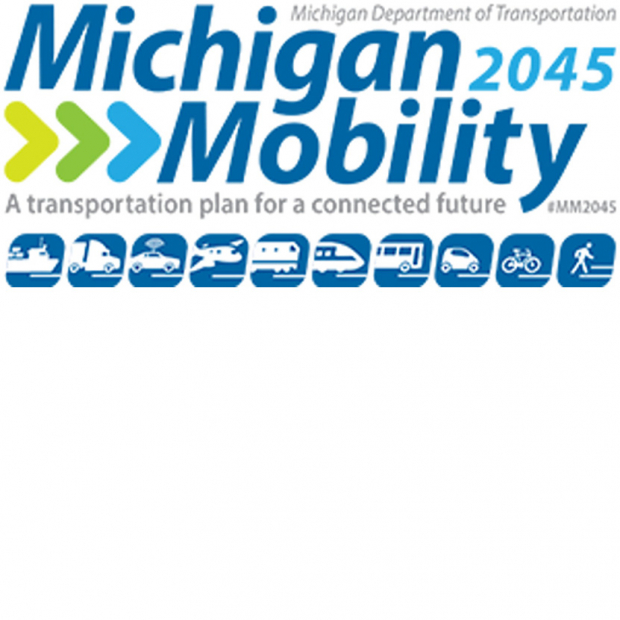
Scenario Planning
EBP’s Scenario Planning services focus on supporting clients in considering long-range alternative futures to 1) assess how external conditions will impact the client’s mission and 2) identify robust responses in terms of investment plans and policies.
Exploring and managing uncertainty. Today’s world is full of uncertainty due to evolving demographic, economic, technological, behavioral, political, and climatic trends. EBP brings expertise and experience identifying how these trends may affect our client’s goals and defining appropriate alternative future scenarios for exploring and assessing risk. All organizations risk over-investing in some areas while missing other opportunities, if they fail to account for how much uncertainty there is over their planning horizon. At EBP, we help clients compare investment strategies under alternative futures and optimize investments to provide robust and resilient benefits in any future environment.
We apply our expertise to help clients manage and overcome uncertainty in many areas, including:
- Spatial patterns and levels of economic activity, foreign trade, and business growth; population and demographics; and land development
- Adoption and market penetration of new technology and its impacts on behavior
- Linkages between demographics, behavior, and technology change
- Policies for revenue, trade, and investment support
- Climate and meteorological trends and risks to assets
This work builds on our economic forecasting experience. We frequently combine scenario planning and visioning work with technical tools such as travel demand models (TDMs) to estimate performance under alternative conditions. For example, in modeling work for the Michigan Department of Transportation, we modified growth, spatial dynamics, and technology adoption attributes in the Michigan statewide TDM to test network performance under 5 different futures.
Assessing Alternative Strategies. EBP also supports clients in assessing alternative strategies to determine the best pathways to achieving their goals. These types of scenarios, where the modified parameters are within an organization’s control, often intersect with our practices related to benefit-cost analysis, economic impact analysis, multi-criteria evaluation, and prioritization and program. By testing a range of alternative investment options (or packages), we help our clients identify or confirm the optimal strategies for goal achievement. These analyses may cover:
- Infrastructure and service provision levels and characteristics
- The effect of strategies on agency and user costs of transportation, energy, and water resources
- Policy responses and interactions
- Project timing, phasing, and co-dependencies
A hallmark of our scenario analysis work has been our ability to communicate consequences, incorporate cutting edge research, and integrate expert, public, and business community input. For example, for the Michigan Department of Transportation, EBP integrated data on trends and potential ranges of outcomes with interactive polling of subject-matter experts in a workshop to develop the boundaries and parameters of the alternative future scenarios. For the Federal Highway Administration, EBP developed risk simulations of 18 Connected and Autonomous Vehicle (CAV) deployment scenarios with varying fleet characteristics to address uncertainty in costs to transportation agencies and users.
Projects for Scenario Planning






